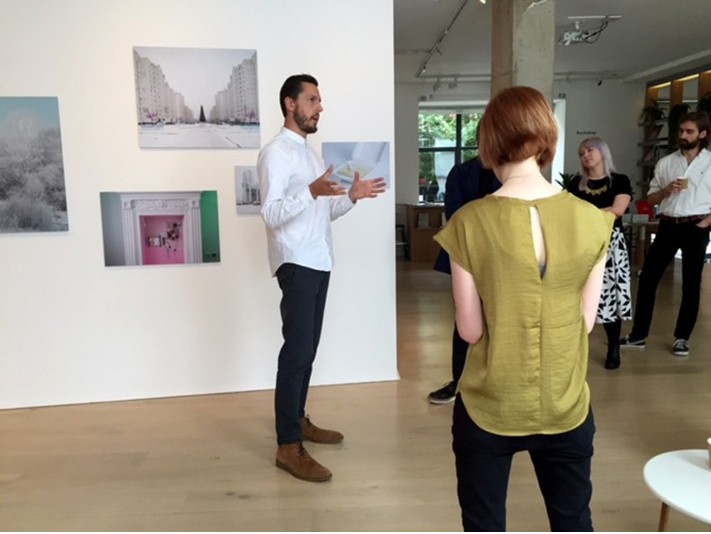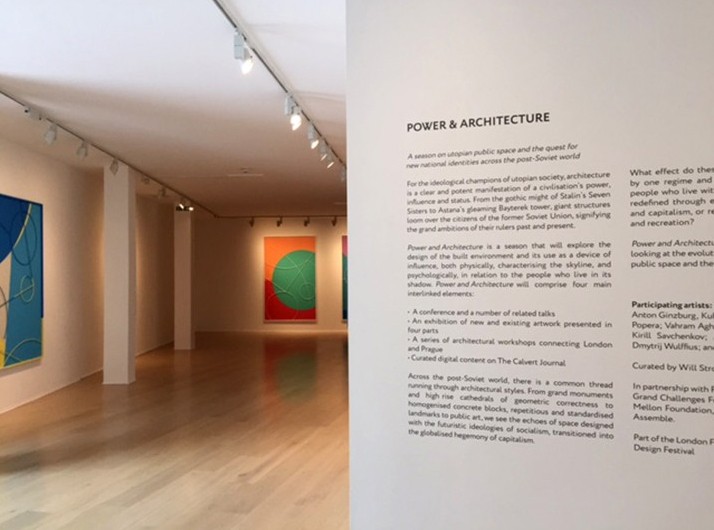A season on utopian public space and the quest for new national identities across the post-Soviet world.
10 June – 9 October 2016
Wed — Sun, 12pm-6pm
Calvert 22 is delighted to announce its upcoming seasonal programme opening this summer, Power and Architecture. Taking place from 10 June – 9 October 2016, Power and Architecture will comprise four main interlinked elements:
- — A conference and a number of related talks
- — An exhibition of new and existing artwork presented in four parts
- — A series of architectural workshops connecting London and Prague
- — Curated digital content on The Calvert Journal
Part 1:
Utopia and Modernity
12 June — 3 July 2016
In the opening show, four artists will reflect on the modernist vision of the socialist city and consider the real and imagined futures of utopia. Polish-born, Berlin-based Przemek Pyszczek’s series Façade captures the bright, block-colour decorative Soviet-era design of external walls and windows grates. Dmitry Lookianov’s Instant Tomorrow series provides a vision of the near future through the setting of Muscovite apartment life, where minimalistic furniture and repetitious architecture create a suburban “utopia”.
In his films Hyperborea and Walking the Sea, Anton Ginzburg explores the quest for a perfect, utopian life and its potentially devastating impact. Kuba Snopek, Iza Cichonska and Karolina Popera’s Architecture of the VII Day catalogue draws upon 3,597 churches built by hand in Poland against the will of the state in the second half of the 20th Century and the circumstances of their construction.
Participating artists: Przemek Pyszczek, Dmitry Lookianov, Anton Ginzburg, Kuba Snopek, Iza Cichonska and Karolina Popera.



